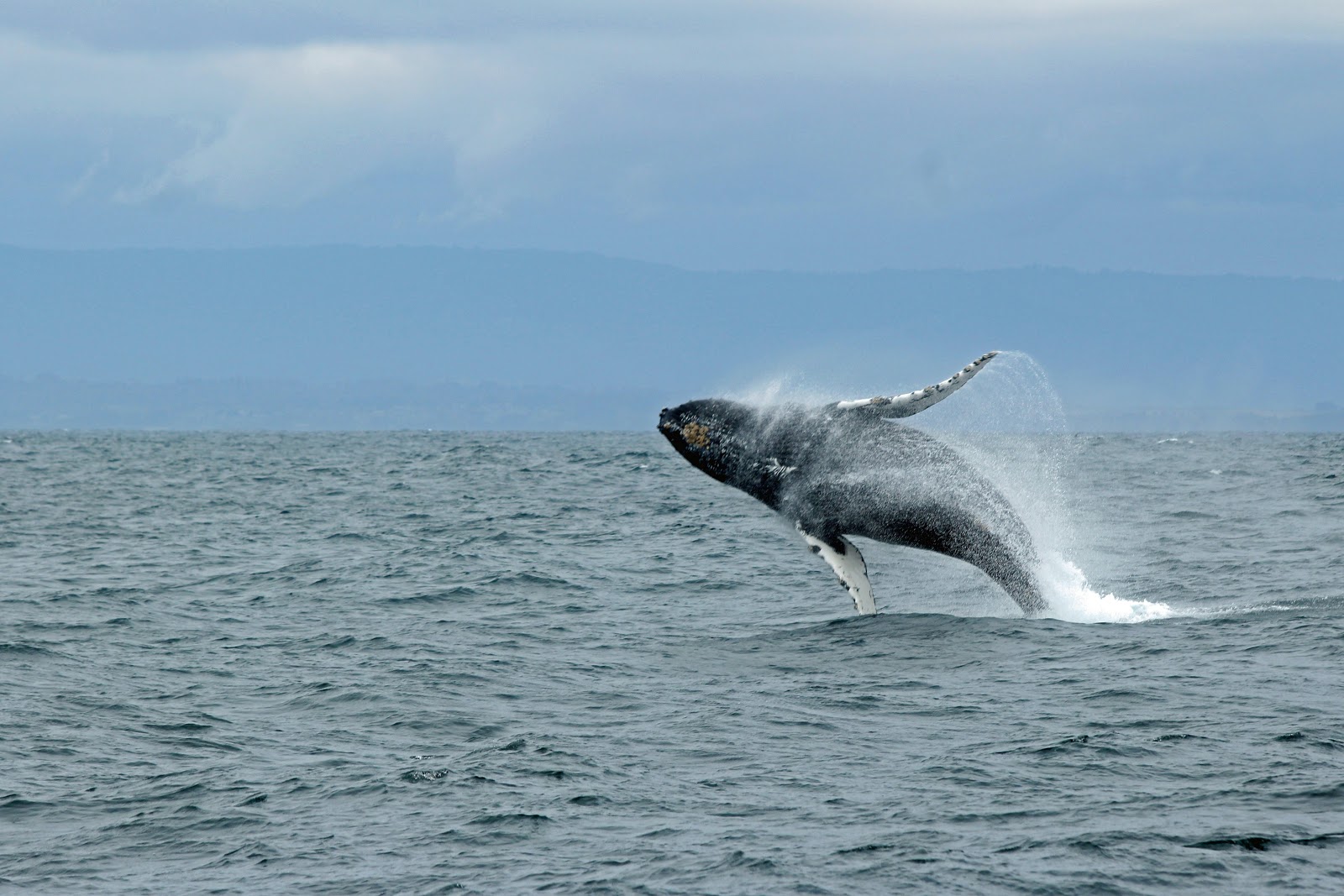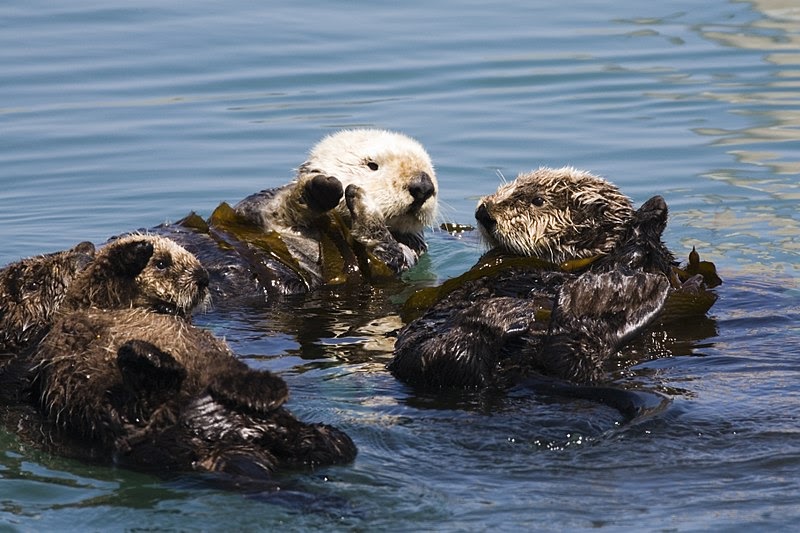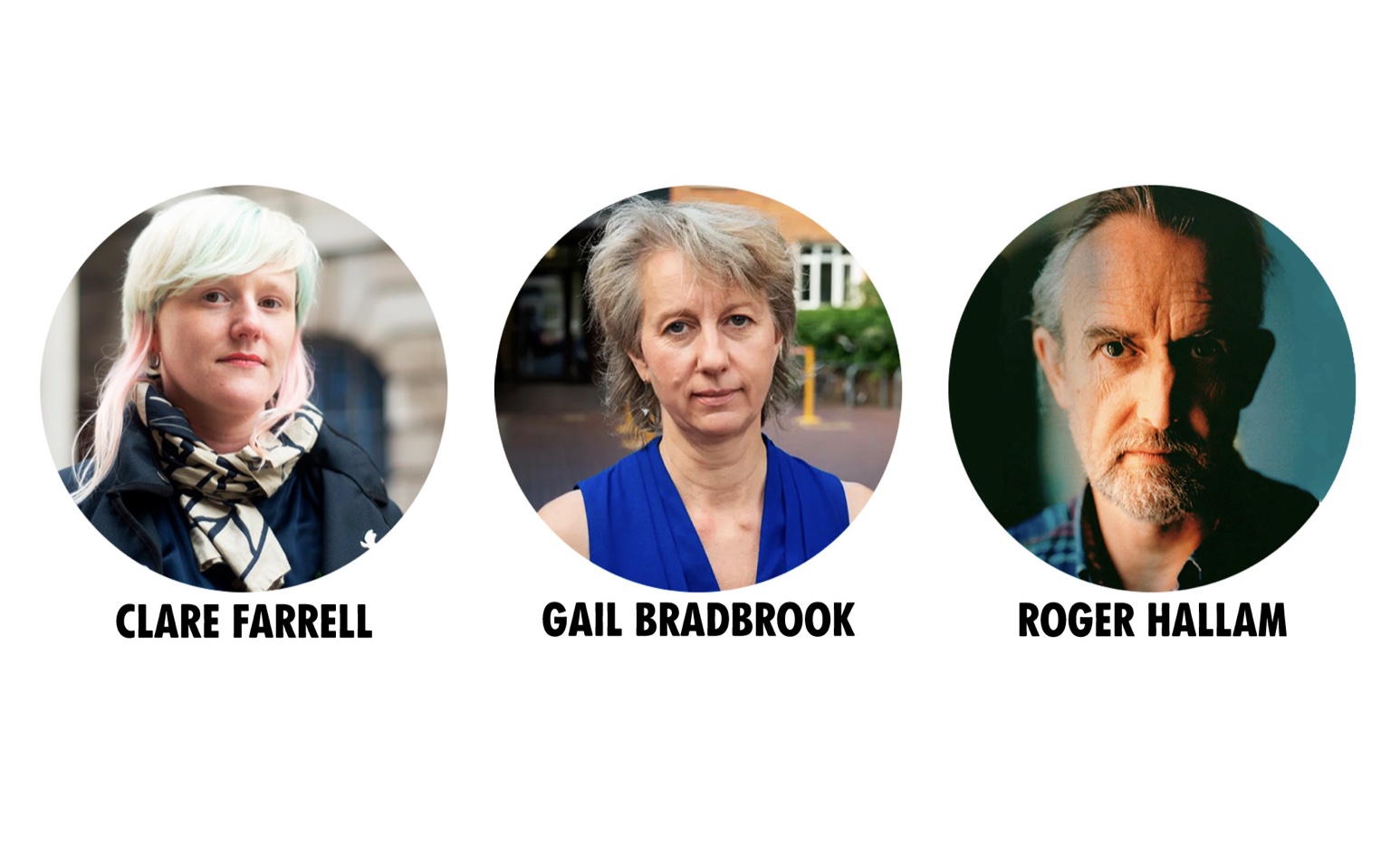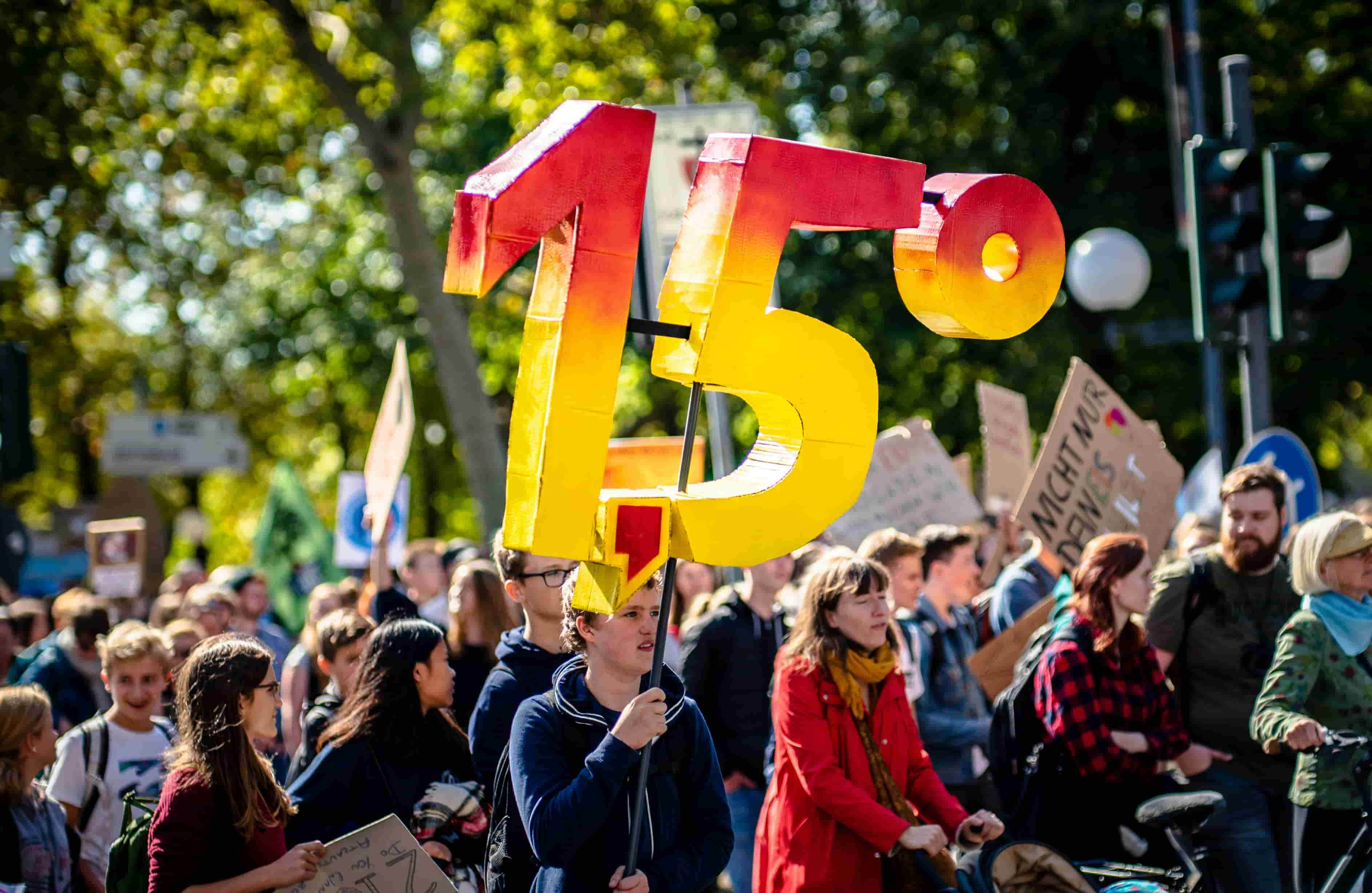
Monterey Bay, USA by Ilse Orsel, Unsplash
Do you ever lie awake in the middle of the night wondering, “I’m just one not-particularly-powerful person. Can one person really make a difference in the climate change fight? Everything I read says we’re doomed. Should I just give up?”
Don’t underestimate your importance to this fight. Here’s the story of how a few individuals confronted an environmental disaster and worked to transform it into an ecological treasure.
In 1931, Monterey Bay was a sewer, and it seemed impossible that it could ever improve. The once-plentiful sea otters, that locals and explorers had pursued for their fur, were presumed extinct; the crowds of whales that sailors had once hunted were gone; the giant kelp forests were a long-vanished memory. Even the abalone that had sustained the Native American population in the area had nearly vanished. Humans had wiped out one sea creature after another over the past two centuries in the name of commerce.
But they had one fish left that was seemingly inexhaustible: sardines. The coastline of the city of Monterey was lined with sardine canneries that dumped their foul-smelling waste into Monterey Bay, adding to the ecological devastation begun by previous marine industries.
Marine scientist (and college dropout) Ed Ricketts, who provided the inspiration for the character Doc in John Steinbeck’s Cannery Row, warned that the serial eradication of species would cause the entire ecosystem to collapse, the sardines to vanish, and the economy of the communities around Monterey Bay to be destroyed. He told the industry to restrict fishing in order to give the sardines time to recover. No one in the fishing industry listened.
It Started With One Indomitable Woman
However, there were a few people who refused to give up on Monterey Bay. One of them, marine biologist Julia Platt, had been fighting for decades to fix the ecological issues of Monterey Bay. In 1899 she moved to Pacific Grove, a photogenic seaside hamlet next to the canning city of Monterey. Pacific Grove had begun as a summer seaside campground for Methodists, but the pollution made the beaches unusable and the smell wafting from Monterey made conditions almost unlivable.
A doctor of marine biology may sound powerful to us, but the sexism of Platt’s day and the economic power of her opponents meant her title didn’t give her an advantage. As Platt spent the next 36 years working to create change, she discovered she needed to build a foundation for that change. She rewrote Pacific Grove’s charter, mandating the town’s stewardship over the sea that was within its borders and laying out a government infrastructure that is used to this day. It was unglamorous, arduous work that required persistence and a willingness to deal with the details – and without it, the Bay might never have come back to health.
But Platt was not above PR stunts. She knew that in order to save Monterey Bay, she would need a position of political power – and to acquire that, she needed to do something that would get town residents on her side. A local landowner had built a fence that blocked off access to the beach; the 74-year-old Platt took an axe to the fence and destroyed it in order to provide town residents coastal access.
Platt then ran for mayor – and won in a landslide, a notable thing for an elderly woman in 1931. She knew she could not shut down the economically powerful canneries, but she found ways to push back. She used her position to convince the California legislature to create some of the first marine sanctuaries in the world, along the coastline right off Pacific Grove. This gave her the leverage she needed to sue the canneries and stop their most egregious violations, and gave marine species a protected area that would become key to their survival. But she died in 1935, long before she got to see the true results of her work.

Julia Platt, from the University of Vermont Archives
Ricketts’ Predictions Come True
Ed Ricketts had written a book about the interconnectedness of marine ecology called “Between Pacific Tides.” He understood deeply that no marine species existed in isolation. However, he and Platt did not collaborate; Ricketts sold marine species samples in order to make a living, which Platt abhorred and tried to shut down.
In the late 1940s, the sardine fisheries that the canneries depended on collapsed, just as Ed Ricketts had predicted. Once the fish had vanished, the canneries vanished too.
Ricketts was not above an I-told-you-so. ''If conservation had been adopted early enough,'' Ricketts wrote in 1948, shortly before his death, ''a smaller but streamlined Cannery Row in all likelihood this month would be winding up a fairly successful season, instead of dipping as they must be now, deeply into the red ink of failure.''
Teamwork Makes the Dream Work
For a while, it seemed like the story would end there, with Monterey Bay a near-lifeless sewage sink. The pollution was so bad it made lead paint turn black. But the efforts by Platt and Ricketts had started to have small effects, which grew as commerce died.
Another important factor: the Packard family (of the Hewlett-Packard Corporation) donated $50 million to create an aquarium where one of the canneries had been. If you’ve ever seen the “Cetacean Institute” in Star Trek IV: The Voyage Home, that’s the Monterey Bay Aquarium. The Packards were driven to create the Aquarium after the massive Santa Barbara oil spill a few hundred miles down the coast in 1969. Family scion Nancy Packard Burnett and three of her friends realized that in order to protect the Bay it was important to show the public why it needed to be protected. But even with millions of dollars, it took years of perseverance to make the dream happen.
When the Aquarium was constructed, it took a different focus than the aquarium model at the time. Most aquariums displayed sea life from far away. The Monterey Bay Aquarium was focused on bringing users up close with the sea life just outside its windows. People were skeptical of this idea when it opened in 1984, but with two million visitors in the first year it was a much bigger success than expected, and brought more people on board with the mission of rescuing Monterey Bay.
The Aquarium developed a number of ways to support the renewal of Monterey Bay. One of the key elements was a baby sea otter rescue program. Sea otters aren’t just adorable; they cause kelp to thrive by eating sea urchins that otherwise devour every last speck of seaweed. Sea otters had come back, to a limited extent, from a small group in a hidden cove in Big Sur. But sea otter pups were dying when stranded, and no one knew how to rescue them. The Aquarium began a program to rescue the pups, and learned how to nurse them back to health and re-release them into the wild. A recent genetic survey of the abundant sea otters in Monterey Bay’s Elkhorn Slough revealed that 60% of those otters are descended from otters rescued by the Monterey Bay Aquarium.
The work started by Julia Platt and Ed Ricketts decades before finally paid off, though they were not there to see it. In 1992, Monterey Bay was designated a National Marine Sanctuary. This added even further protections, preventing ships from dumping waste into the bay and requiring towns in the regions to protect the waters.

Sea Otters, Wikimedia
Ecological Restoration Ignites Economic Recovery
These efforts have also diversified the economy. Monterey Bay has now become a “marine policy laboratory” where strategies for environmental renewal are tested before being launched on a broader scale. Scientific research has become an economic engine for the area, with 27 marine science organizations and five marine technology organizations members of the Monterey Bay Crescent Ocean Research Consortium. Coastal towns are bouncing back due to a mix of ecotourism, science, fishing and other industries. By focusing on multiple industries, the region has ensured that a downturn in one area won’t devastate the entire economy.
The fishing industry still exists in Monterey Bay, but fishermen have strict limits as to what they can catch. Because of the collapse of various fish species, buyers have been looking elsewhere for their fish. The fishing industry is now working to brand the fish they catch as both exotic (as many have not been sold for years) and environmentally sensitive, and create a market where they can be sold at a premium.
Tourism has grown around the Bay, and sports that allow people to interact with nature, from kayaking to stand up paddleboarding to diving, all take place in Monterey Bay. The idea of Monterey Bay as a site for whale watching was laughable in the 1940s, and even in the 1990s they were only seen a few times a year. Now whale watching boats go out every day and usually spot something. And it’s not unusual for the whales to come to the tourists, as kakakers have learned several times!
Climate Change Creates a New Threat
Until 2013, it seemed that nothing could stop the recovery of Monterey Bay. Then, because of Pacific Ocean warming, new threats appeared. The ocean warming made sea stars more susceptible to wasting disease. With fewer sea stars to devour the sea urchins, there were far more sea urchins around to devour kelp forests right at the root. And because of the warming ocean, kelp forests couldn’t get enough nutrients and were already beginning to thin.
The situation bears out Ed Ricketts’ theory of the interconnection of life in Monterey Bay. The follow-on effects of the loss of kelp forests are huge. Otters live in kelp forests; without them the population is likely to decline. Kelp forests protect beaches from erosion. They’re also very efficient at carbon sequestration. The demise of the kelp forests could wipe out the hard work done by Platt, Ricketts, Packard, and so many others.
The people most responsible for the renewal of Monterey Bay didn’t live to see what it would become. But they spent decades doing the hard work that future generations could build on. Now it’s time for us to pick up their mantle and do what we can to halt climate change and protect their efforts. If a few eco-warriors of yesterday could turn Monterey Bay from a sewer into a sanctuary, there’s no telling what the people of Extinction Rebellion could do for planet Earth.





